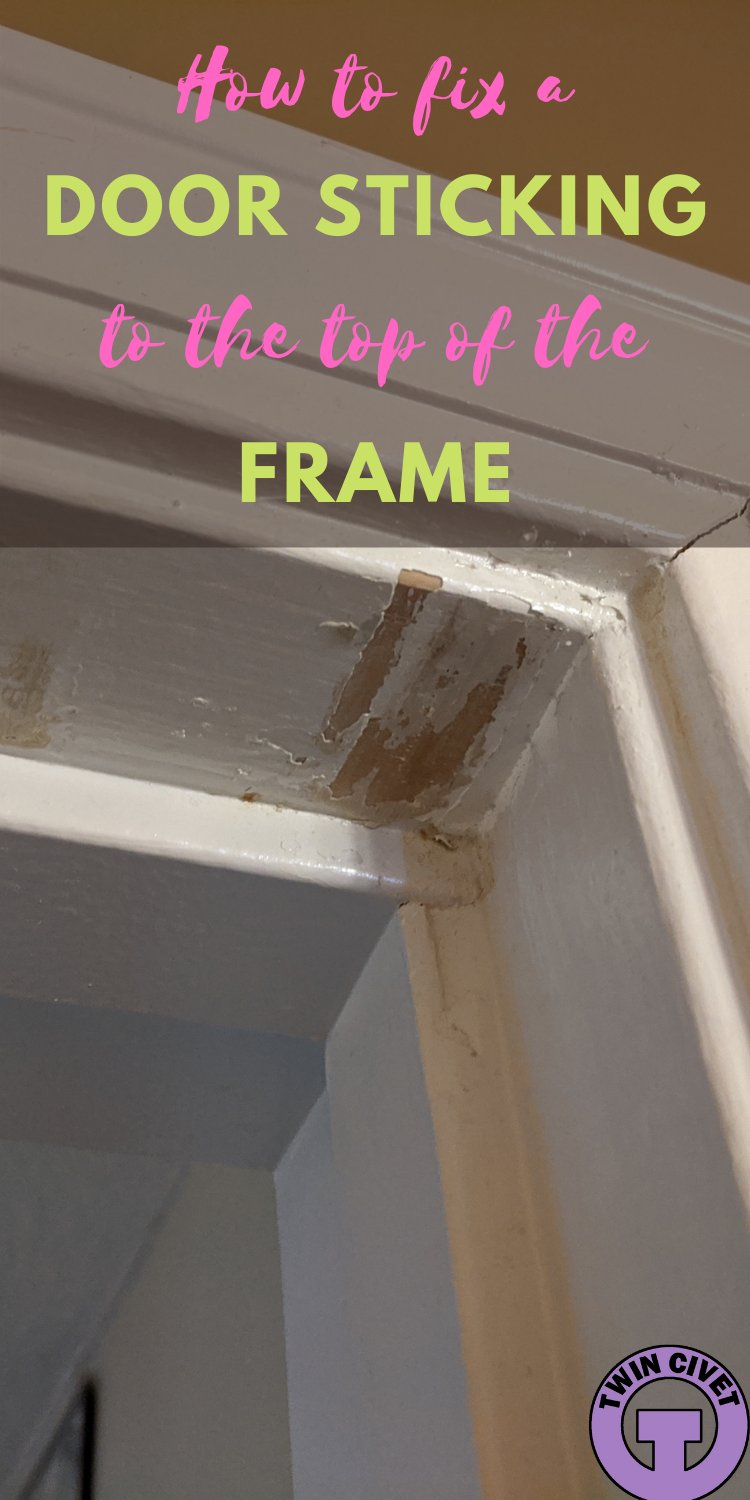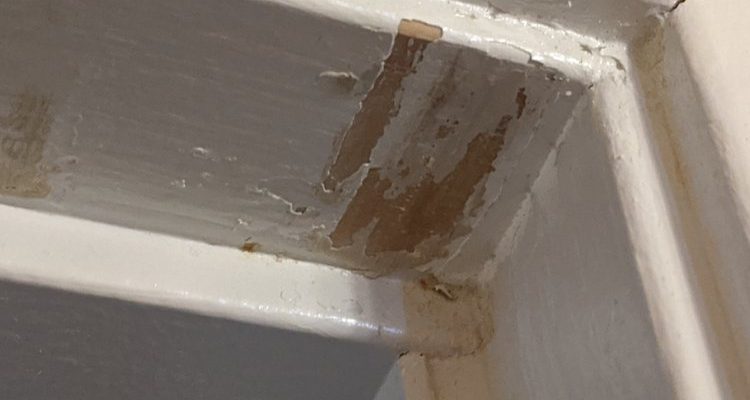
You might be wondering why this happens in the first place. Sometimes it’s due to changes in temperature, humidity, or settling of your home. The door may have been hung slightly too high, or perhaps the frame has warped over time. But don’t worry, I’ll walk you through how to pinpoint the issue and get that door gliding like it’s on a well-oiled hinge.
Assessing the Problem
Before you grab your tools, take a moment to look closely at the issue. Is the door rubbing against the frame all along the top edge, or just in one spot? Sometimes, it’s a simple matter of a misaligned hinge or a bit of swelling. Here’s how you can assess the problem:
- Check the Gap: With the door closed, look at the gap between the door and the frame at the top. Ideally, you want about 1/8 inch of space. Too little space means it’s likely rubbing.
- Inspect for Warping: Stand back and visually inspect both the door and the frame. If either seems warped, that could be your culprit.
- Listen for Sounds: Open and close the door and listen. A squeaking or scraping sound signals where the door is catching.
Recognizing these details can help you come up with a game plan for what to fix.
Tools You’ll Need
Now that you’ve assessed the issue, it’s time to gather your tools. You won’t need a whole workshop for this project. Here’s a basic list of what you’ll need:
- Screwdriver: Either a flathead or Phillips, depending on your hinges.
- Wood Shim: This can help adjust the height of the door if necessary.
- Sandpaper: A bit of fine-grit sandpaper can help smooth any rough edges.
- Level: A small level will ensure your door hangs straight.
With these tools in hand, you’re well-equipped to tackle the rubbing issue.
Adjusting the Hinges
The first and often simplest fix is to adjust the hinges. Sometimes, the door is hung too high, and a small adjustment is all it takes for it to stop rubbing. Here’s how to do it:
1. Tighten Existing Screws: Start by using your screwdriver to check the screws on the hinges. Sometimes, they just need a little tightening to hold the door properly.
2. Remove and Realign Hinges: If tightening doesn’t work, you might need to remove the hinge screws entirely. Then, slightly reposition the hinges. If the door is too high, you can try moving the top hinge down a bit.
3. Reattach the Hinges: Once you’ve adjusted them, reattach the hinges and test the door again. Sometimes, just a small shift can do wonders.
If your door is still catching, don’t worry. We have more options to explore.
Trimming the Door
If adjusting the hinges doesn’t solve the problem, trimming the door might be necessary. This option can sound intimidating, but it’s quite straightforward. Here’s how to do it safely:
1. Mark the Problem Area: With the door closed, use a pencil to mark where it rubs against the frame. This will guide you on how much to trim.
2. Remove the Door: Take the door off its hinges. Lay it on a flat surface like sawhorses for stability.
3. Trim Carefully: Use a circular saw or hand saw to cut along the marked line. Make sure to cut straight and follow your line closely. If you’re unsure, start with a little trim, and you can always take off more later.
4. Sand the Edges: After cutting, sand the edges for a smooth finish. This helps prevent splinters and gives it a more polished look.
Once you’ve trimmed the door, hang it back up and check if it still rubs.
Checking for Swelling
Sometimes, the door rubs due to swelling, particularly in humid conditions. Just like a sponge expands, wood can absorb moisture and expand when it’s damp. Here’s what you can do:
1. Inspect for Water Damage: Look for any signs of warping or discoloration, especially if it’s a solid wood door.
2. Dry the Door: If you suspect the door is swollen, let it dry out. You can speed up the process by using a fan or dehumidifier in the room.
3. Reassess After Drying: After it’s dried out, recheck how the door fits. If it’s still rubbing, you might need to trim it slightly, as mentioned before.
Swelling often resolves with a little patience, so don’t jump to trimming unless necessary.
Final Touches
Once you’ve made your adjustments, it’s time to put the finishing touches on your door. This might include:
- Lubrication: Apply some lubricant to the hinges. This helps the door swing easily and reduces wear on the hinges.
- Check the Frame: Look at the frame to ensure nothing is sticking out that could cause further rubbing.
- Final Test: Open and close the door multiple times to ensure it moves smoothly.
Taking these final steps ensures that your hard work pays off for years to come.
Fixing a door that rubs against the top of the frame can seem daunting, but with a bit of patience and the right tools, you can make it work smoothly again. Whether adjusting hinges or trimming the door, each step is manageable. You’re essentially providing your door a little TLC, and who wouldn’t want that?
Remember, it’s all about assessing the problem correctly and making the necessary adjustments. With these tips and tricks, you’ll have your door operating like new in no time. So go ahead, give it a try—you might just surprise yourself with how easy it can be!
